Content:
Pumpkin of the Healing variety was bred by the Kuban Experimental Station of the All-Russian Research Institute of Plant Growing. In 1994 it was approved for use in the regions: North-West, Ural, Nizhnevolzhsky, West Siberian, East Siberian.
Characteristics and description of Healing pumpkin
An early ripe large-fruited bee-pollinated variety for open ground. it is characterized by cold resistance and excellent transportability. With a short-term decrease in temperature and even frost, the plants continue to grow and do not die.
The growing season of large-fruited Healing pumpkin from the moment of germination to full ripening is on average 95-105 days. Depending on the growing conditions, the pumpkin of the Healing variety has a mass of 3-5.5 kg. The yield is 3.7-4.2 kg / m2, and one bush in total is capable of producing fruits up to 15 kg.
The shape of the pumpkins of the Healing variety is slightly flattened, with implicitly expressed segments, a thin, durable peel of a gray-green hue, the flesh is bright orange. The taste is pleasant, sweetish. The harvest is stored at a temperature of + 1 + 4 0С - until May, without losing its taste. The lashes are short but wide. Stepsons are formed and it is desirable to remove them. The leaves are large, green, pentagonal, undifferentiated. Inside the fruit there are three sections with seeds. The seed has a white shell and an oval shape, remains viable for up to 4 years.
How to grow medicinal pumpkin
Although the variety is cold-resistant, the optimal cultivation regime implies heating the soil to at least + 12 ° C. Moreover, this temperature is sufficient for the emergence of seedlings, but for full development the air must warm up to + 25 ° C. If cold or frost sets in, the plants stop growing until the heat returns again.
In those regions for which the variety is zoned, sowing in open ground is carried out in the first ten days of May. It is recommended to use greenhouses to accelerate seedling growth. If the seedling method is used, the sowing dates in boxes are shifted by 3 weeks (first decade of April).
Sowing
The recommended planting pattern is 90 cm between individual bushes and 1 m between rows. It is good when 2-3 seeds are dropped into each hole in order to leave the strongest plant in the future. They also do the same when sowing seedlings. The seeding depth is small - no more than 2-3 cm. The length of the beds is not limited.
Since there is a threat of fungal diseases for the Medicinal one, careful attention should be paid to the thorough disinfection of the inoculum. The seeds are soaked for 12 hours in a weak solution of potassium permanganate (1%), or Fitosporin is added to the water. In this case, the water is heated to 60 ° C, and only then is the disinfectant and change added to it. The seeds swollen after 12 hours are planted in accordance with the accepted scheme.
The best type of soil is sandy or sandy loam, as these types of soils warm up faster. Ideal predecessors:
- cruciferous (mustard, cabbage);
- legumes (beans, peas, lentils);
- nightshade (tomatoes);
- cereals (wheat, barley, millet).
A plot for cultivation is chosen in the sunniest place, carefully dug up and harrowed. Organic fertilizers (humus, compost, rotted manure) are introduced in an amount of up to 10 kg per 1 m2.Immediately upon planting, 20 g of superphosphate, as well as 10 g of potassium sulfate, are placed in each well.
In summer cottages, as a rule, there are one or even several compost heaps. This is an excellent way to get the right quantities of high quality organic fertilizers. However, their appearance often upsets the owners. Meanwhile, solving this problem is easier than it seems, it is enough to plant the pumpkin directly in the compost.
Planting pumpkins in compost heaps shows good results for a number of reasons:
- Plants receive abundant organic nutrition from decaying plant residues, while preventing the decay process from stopping due to excessive drying out in the sun.
- The compost continues to rot, but does not spoil the appearance of the site, as it is covered with lush foliage.
- Weeds do not grow in the compost, so there is no need to waste time weeding.
In any climatic conditions, an excellent result is demonstrated by mulching the soil immediately after sowing. The material can be sawdust, crushed weeds, shoots of raspberries, grapes, and other fruit bushes cut off during pruning. A layer of mulch is poured 1-2 cm high so as not to impede the emergence of the sprouts to the surface. If the weather forecast is unfavorable, the plantings are covered with foil.
With the appearance of buds, hilling is recommended. This will allow the bushes to add additional root mass. You should act carefully so as not to inadvertently damage the bushes and lashes. Loosening is usually combined with weeding, and it is recommended to immediately after that perform the current watering, since moisture penetrates quickly into the loosened soil and, together with oxygen, enters the roots.
Care
The watering regime is very important. Large-fruited Healing pumpkin does not like cold water. Therefore, containers are placed on the plots in which the water is heated to air temperature, settles and becomes suitable for irrigation. This approach is good because in containers you can immediately breed the necessary dressings.
As the bushes grow, the amount of moisture consumed increases, reaching a maximum during the flowering period (10 liters per 1 bush). Artificial watering is stopped only when the pumpkin of the Healing variety reaches its final size and acquires a shade close to the color of ripe fruits.
At the age of 3 weeks, the sprouts need to organize the first feeding with organic fertilizers. They are diluted in water in a 1: 4 ratio. In the future, feeding is repeated weekly. Organic matter can be replaced with wood ash, diluting it during watering in a ratio of 1 glass of ash to 10 liters of water.
Harvesting
Depending on what the weather was like during the growth of the bushes, the harvest takes place in 95-105 days (late August - early September) after germination. Cleaning is done by hand. You will need a sharp knife or pruner. Cutting is done close to the petiole, leaving a tail 5-10 cm long.
The skin of the fruit, although thin, is firm. This allows you to stack pumpkins on top of each other in 2-3 layers, but dropping them is highly discouraged. If the cleaning was done carefully, as well as the laying in the basement for long-term storage, then there will be no problems with damage to bruised pumpkins.
Advantages and Disadvantages of Pumpkin Healing
Comparing the pros and cons of each variety helps to make a choice in favor of a particular variety. Healing pumpkin has the following advantages:
- high productivity;
- cold resistance;
- healing properties.
Pumpkin of the Healing variety belongs to medicinal. If you chose pumpkin for dietary dishes or for medicinal purposes, Healing is the best option possible. Helps to eliminate diseases of the digestive tract, vitamin deficiency, various healing tinctures are prepared from it.
Among the shortcomings, one can note the susceptibility of the variety to diseases:
- powdery mildew;
- anthracnose;
- gray and white rot.
Among the large variety of varieties, the pumpkin of the Healing variety fell in love with gardeners for keeping quality, unpretentiousness and compactness. Even in May, last year's harvest remains sweet and juicy. The bushes tolerate short-term frost and drought well. Compared to other varieties, the planting scheme is 2 times more compact. All this made the variety extremely popular.
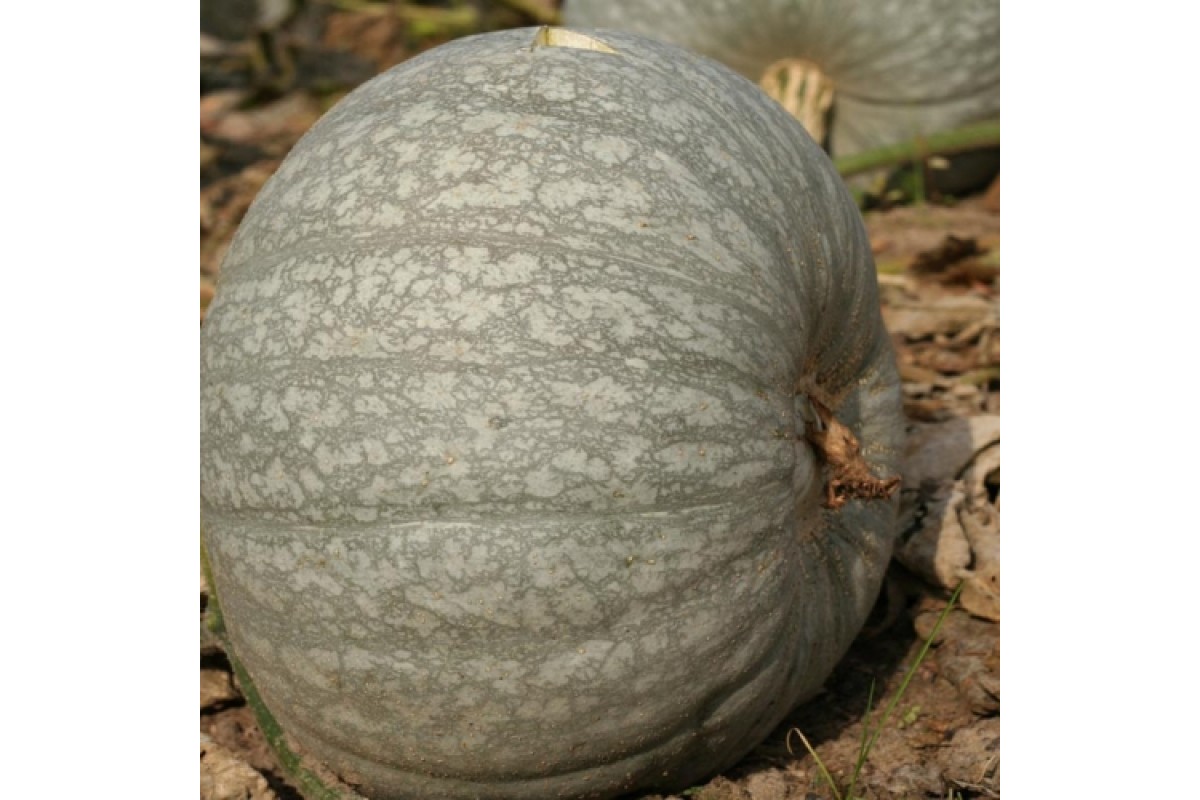
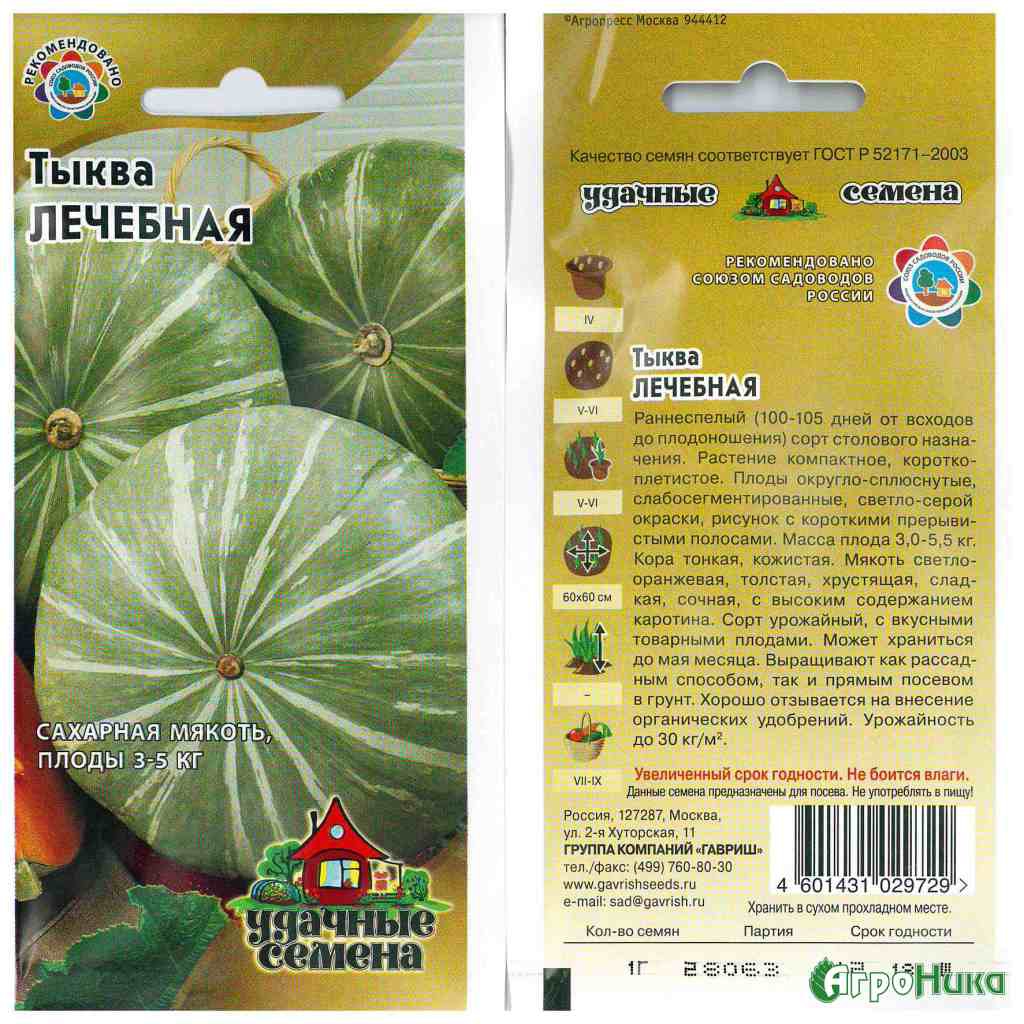
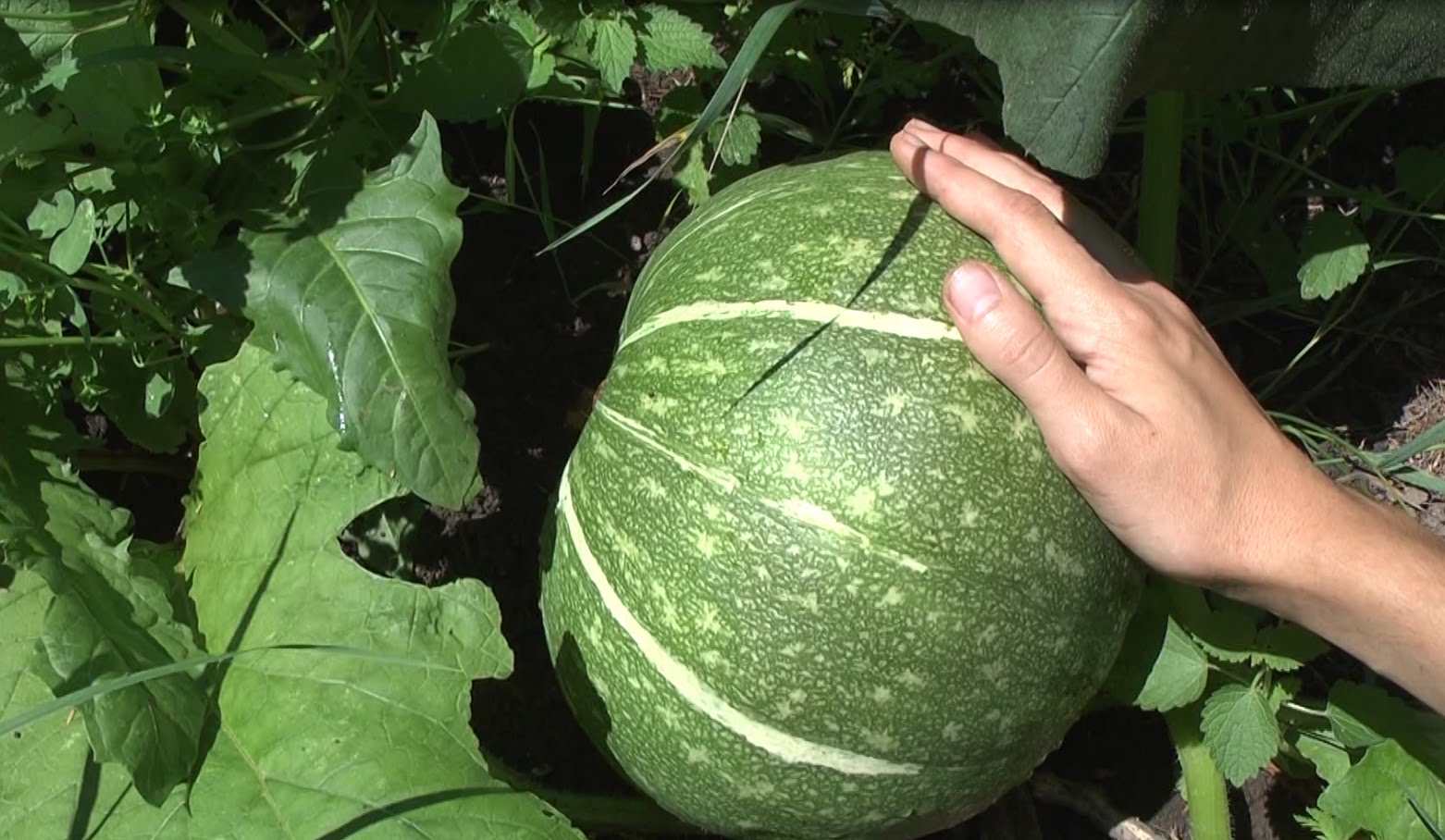
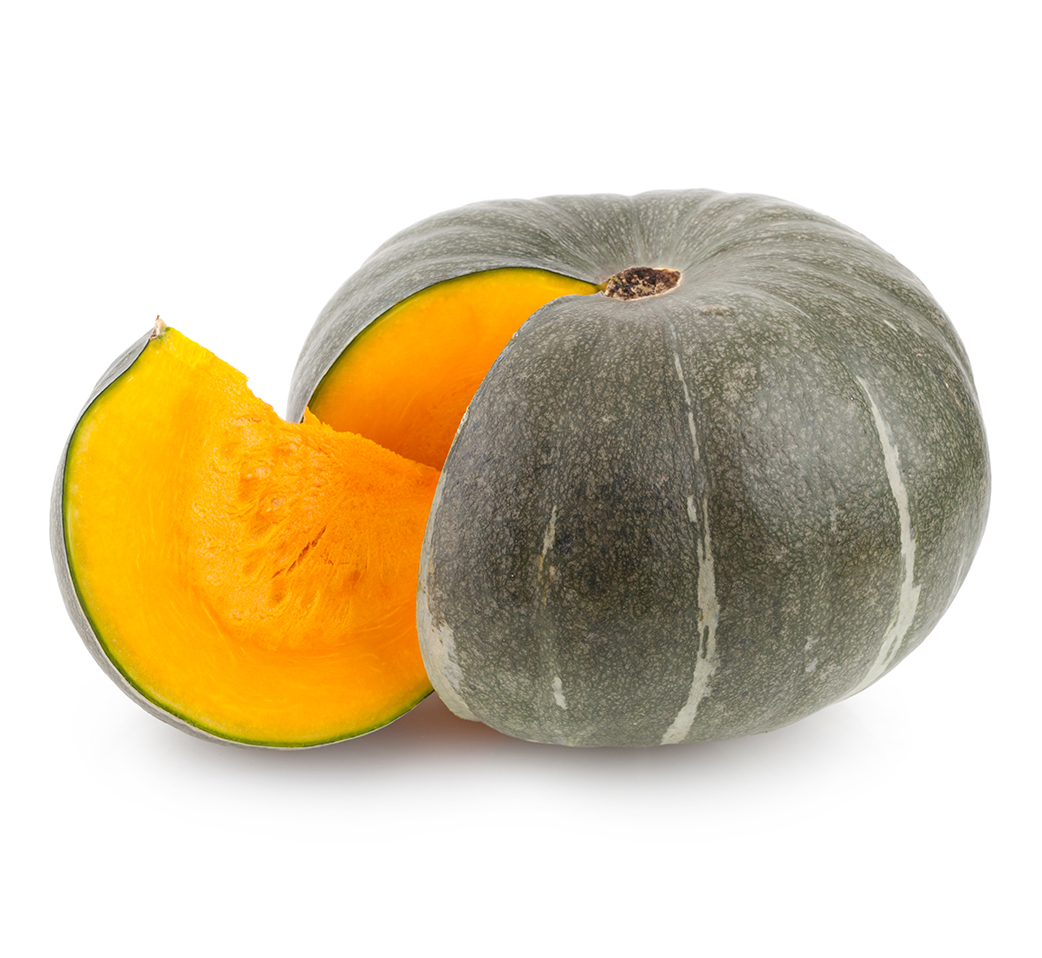
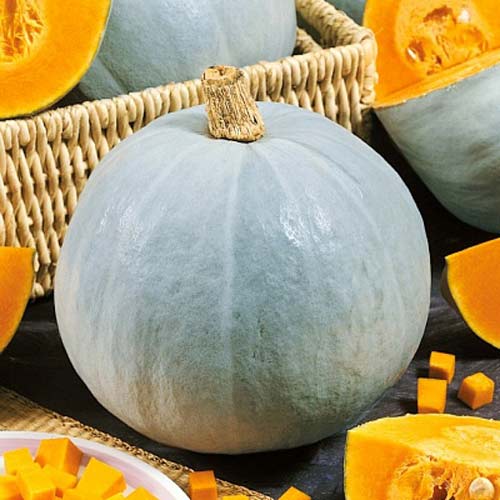
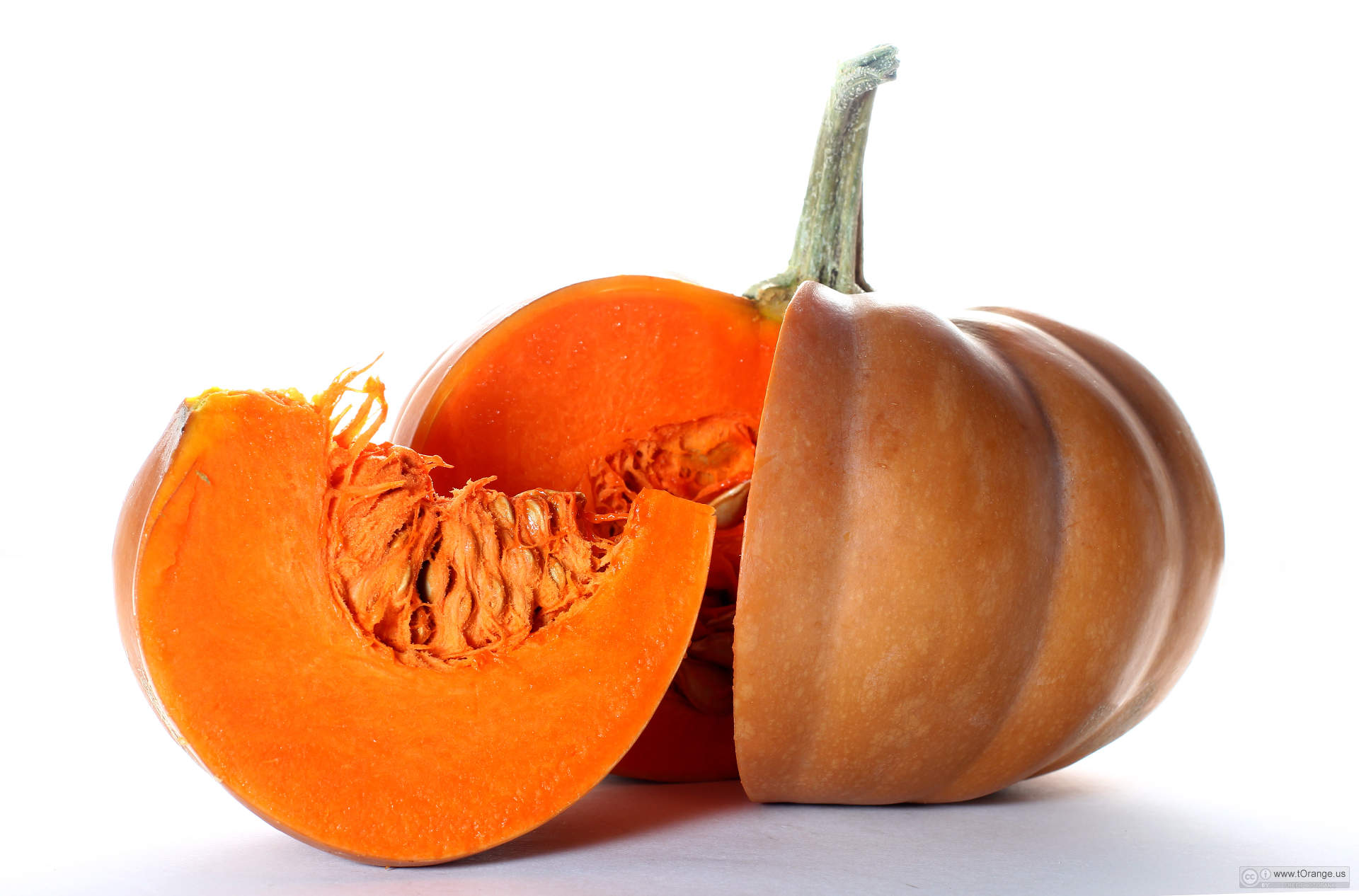
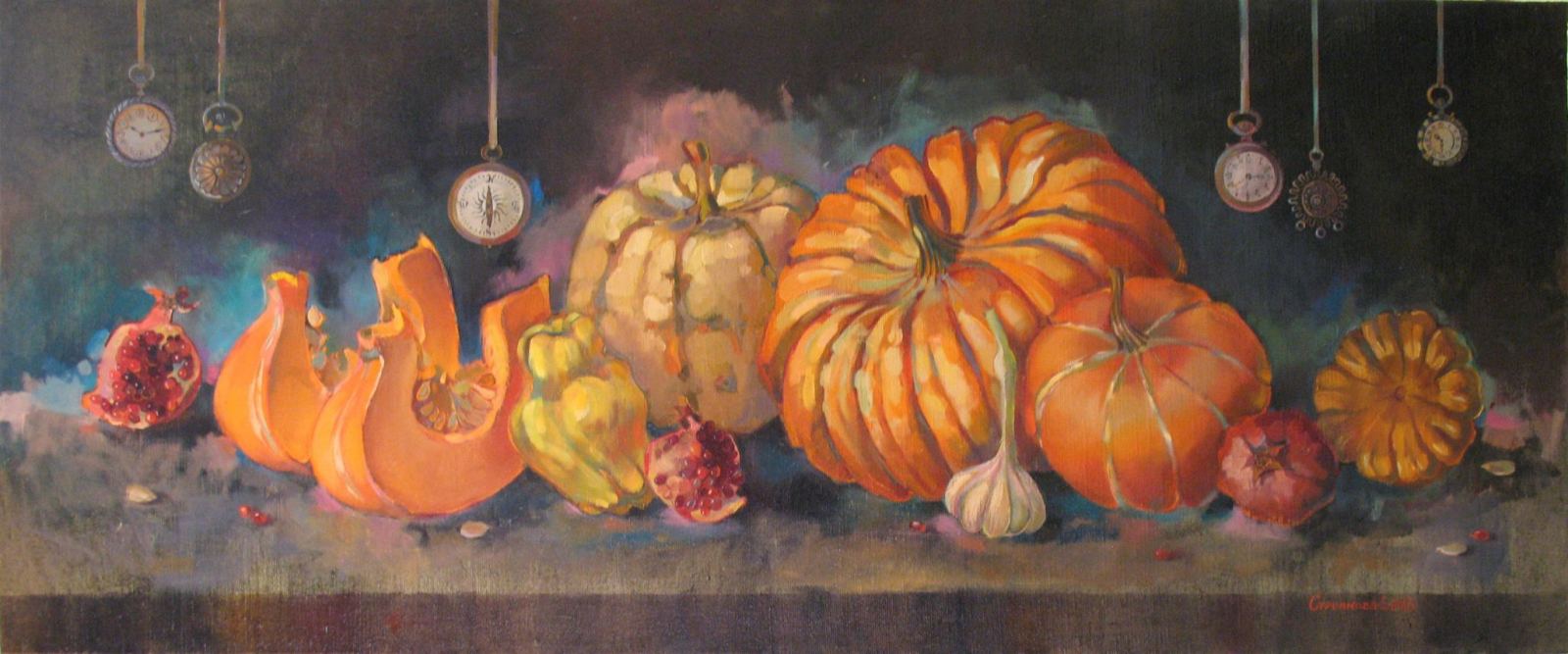
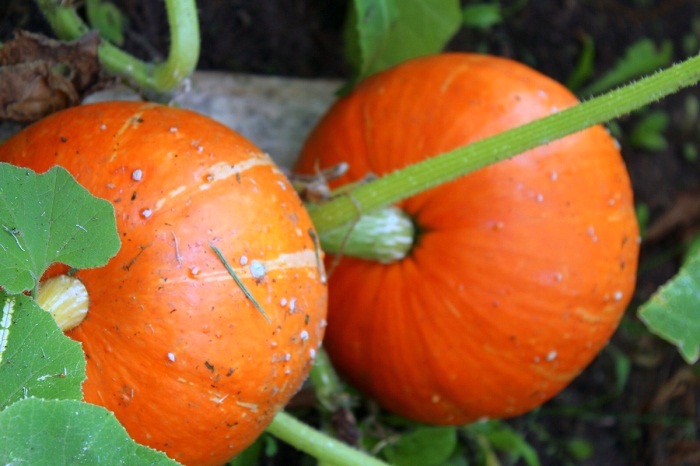
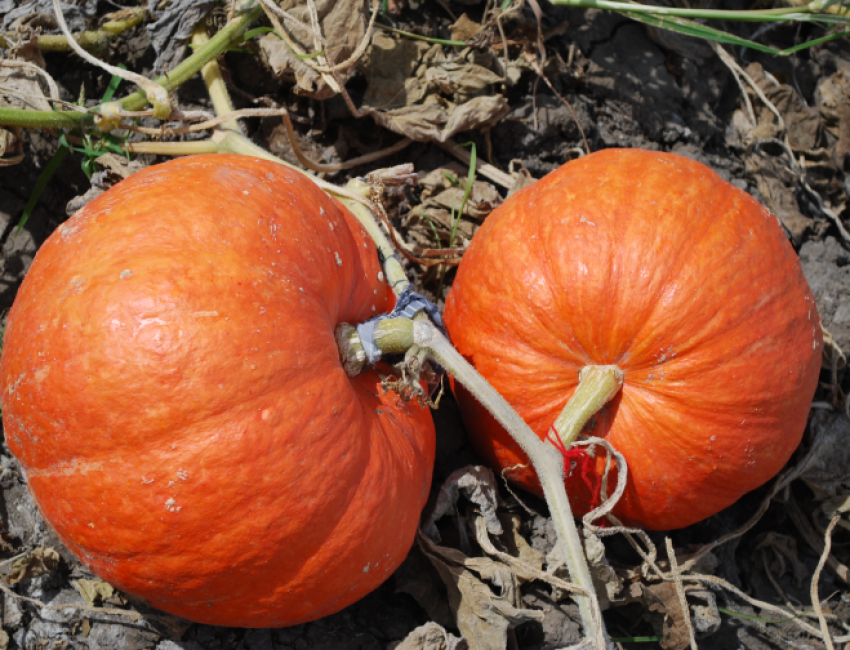
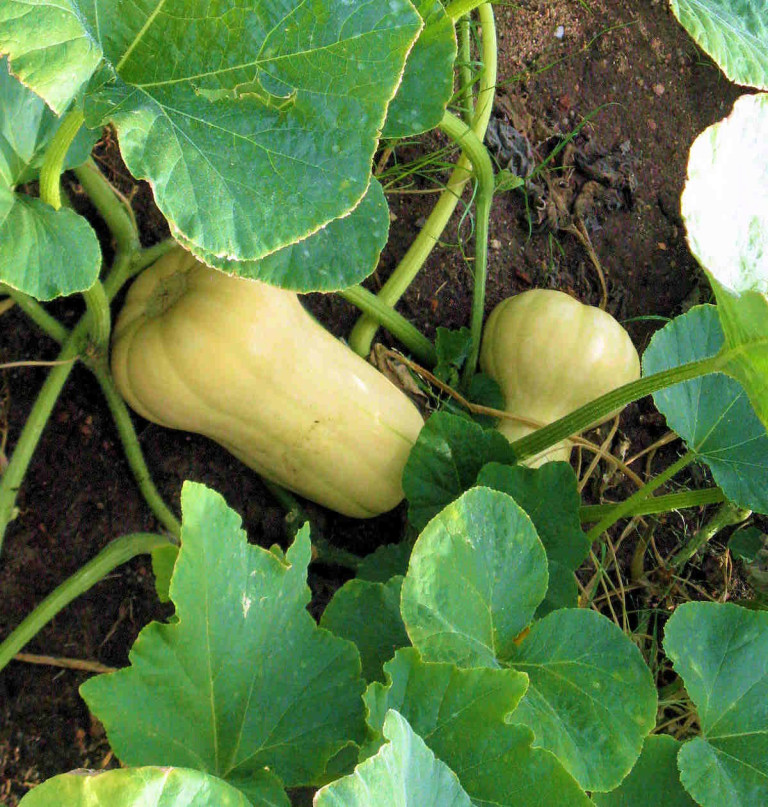







Good grade. We grew up without any problems, in the sunniest place of course. It seems to be the most unpretentious plant and very productive. The pumpkin is sweet, delicious and the seeds are delicious. Stored wonderfully.
Unfortunately, it was not immediately possible to make friends with the pumpkin. Although the seeds were previously soaked in potassium permanganate, I did everything to prevent fungal infections. I did not know that the pumpkin would not grow in the area where cucumbers and zucchini had previously grown. And here they write that you need to wait 5 years ... I have allocated a special corner for her, this year the first and unsightly pumpkins appeared.
Pumpkin is a very useful vegetable, and medicinal is doubly useful. It is grown simply, no different from growing ordinary pumpkin. I like to bake it and then eat it with sour cream. Children love it too.
There are two varieties of medicinal pumpkin, the photo which shows a package of seeds is a medicinal fruit with long lashes of green color, I grew this variety last year. in the rest of the photos this is a medicinal pumpkin with gray fruits, I am growing this year and it looks like they have short whips